ISSN ONLINE(2319-8753)PRINT(2347-6710)
ISSN ONLINE(2319-8753)PRINT(2347-6710)
K.Selvaraj1, M.Alice Margaret2 and P.Ganesh Kumar3
|
| Related article at Pubmed, Scholar Google |
Visit for more related articles at International Journal of Innovative Research in Science, Engineering and Technology
Single Carrier Frequency Division Multiple Access (SC-FDMA) has been adopted for fourth generation (4G) mobile uplink transmission schemes because of its low Peak to Average Power Ratio (PAPR) as compared to that of Orthogonal Frequency-Division Multiple Access (OFDMA).Since SC-FDMA has low PAPR, it is sensitive to Carrier Frequency Offsets (CFOs) similar to that of OFDMA. To minimize and compensate CFO effects on SC-FDMA, the uplink system with Zero- Forcing (ZF) equalization can be used. In this, the method involves is an inverse of an N × N CFO induced intercarrier interference (ICI) matrix, where N denotes the number of subcarriers. When N is large, it will leads to large number computational complexity of the system and the performance of the system will degrade. To overcome this complexity, we propose a low- complexity ZF method and Newton’s method with fast Fourier transforms which is used to solve the matrix inversion problem. This reduces the complexity from O(N3) to O(2N log2N). The proposed compensation scheme can able to improve the system performance.
Keywords |
| SingleCarrier Frequency Division Multiple Access (SC-FDMA), Carrier Frequency Offsets (CFO), Fast Fourier Transform (FFT), Zero-Forcing (ZF), Newton’s method. |
INTRODUCTION |
| The WiMAX cellular system uses Orthogonal Frequency- Division Multiple Access (OFDMA) for signal transmission from the base station and also from the mobile terminals. Third Generation Partnership Project (3GPP) prescribes OFDMA for downlink transmission and Single Carrier Frequency Division Multiple Access (SC-FDMA) for uplink transmission.Since OFDMA has the advantages of multiuser diversity, good BER ratio and simpler receiver design, one disadvantage is that it has high peak-to-average power ratio (PAPR) compared to that SC-FDMA systemwhich raises the cost andlowers the power efficiency of a transmitter’s power amplifier. SC-FDMA also involves in the transmission of high data rates in the uplink communication [1]. With a low PAPR, SC-FDMA provides simpler and more power-efficient amplifiers at mobile station compared with OFDMA transmission [2], [3]. |
| Two subcarrier allocation schemes are available in SCFDMA uplink system. In the localized subcarrier mapping mode, the modulation symbols are assigned to adjacent subcarriers. In Interleaved FDMA (IFDMA), the symbols are equally spaced across the entire channel bandwidth.IFDMA is also sensitive to Interferences. |
RELATED WORK |
| SC-FDMA system is also sensitive tointerferences as like OFDMA due to Doppler shifts and misalignment between transmitter and receiver oscillator which will affect theorthogonality among the subcarriers. This results in Carrier Frequency Offsets (CFO) which will degrade the system performance. Carrier Frequency Offsets (CFO) also caused due to interferences such as Inter-Carrier Interference (ICI) and Multi-Access Interference (MAI). |
| To suppress ICI and MAI many methods have been reported in the literature[5]-[7].Semi-blind CFO based estimation scheme tolerate CFOs on uplink IFDMA[12], [13].In [14], [10] the performance of IFDMA with CFOs was exactly analyzed. In IFDMA, multiple CFOs may occur because different users experience different CFOs [9]. CFO effects on multiuserOFDM-FDMA has been reported [8], [11].To Compensate Carrier Frequency Offsets (CFOs), one way is to use Minimum Mean SquareError (MMSE) equalizer combined with Parallel InterferenceCancellation (PIC) [16] and the another approach is the combined Minimum Mean SquareError Frequency Domain Equalization (MMSE-FDE) [15].In [17], [18] the structure of equalizer based on frequency domain decision feedback method have been proposed. |
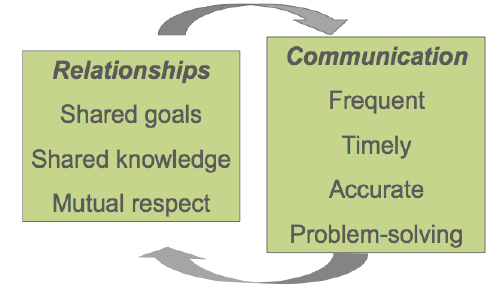 |
| CFO Compensation for uplink system is very important [19], hence it can be made through MMSE+LS [21] which involves in CFO induced ICI matrix. But when the subcarrier increases, the complexity alsoincreases. To avoid such a problem,a low-complexity ZF method is reported [20]. The proposed scheme [22] [23] provides CFO compensation for OFDMA uplink systems. |
| The objective of this paper is to compensate CFOs in SCFDMA uplink system. Since Zero-Forcing method is simple and efficient approach but includes inversion of matrix method for implementation. Hence by using Newton’s method for matrix iterative inversion, ICI matrix can be developed which can implement Newton’s method with FFT. The performance of the proposed method is compared with Direct ZF and Banded ZF method. The performance of the proposed method is well efficient than other methods and also by using this scheme the computational complexity reduces from O(N3) toO(2N log2 N). |
| In Section III, the system model is introduced.Section IV presents the Proposed CFO Compensation scheme and sectionV presents simulation results are proposed. In section VI conclusion is presented. |
SYSTEM MODEL |
| Consider SC-FDMA uplink system Fig.1 with K users and N subcarriers. In this system, each user is communicating Base Station (BS) with its own subcarrier. |
| Each user has M=N/K subcarriers. The data transmitted for kth user is |
 |
 |
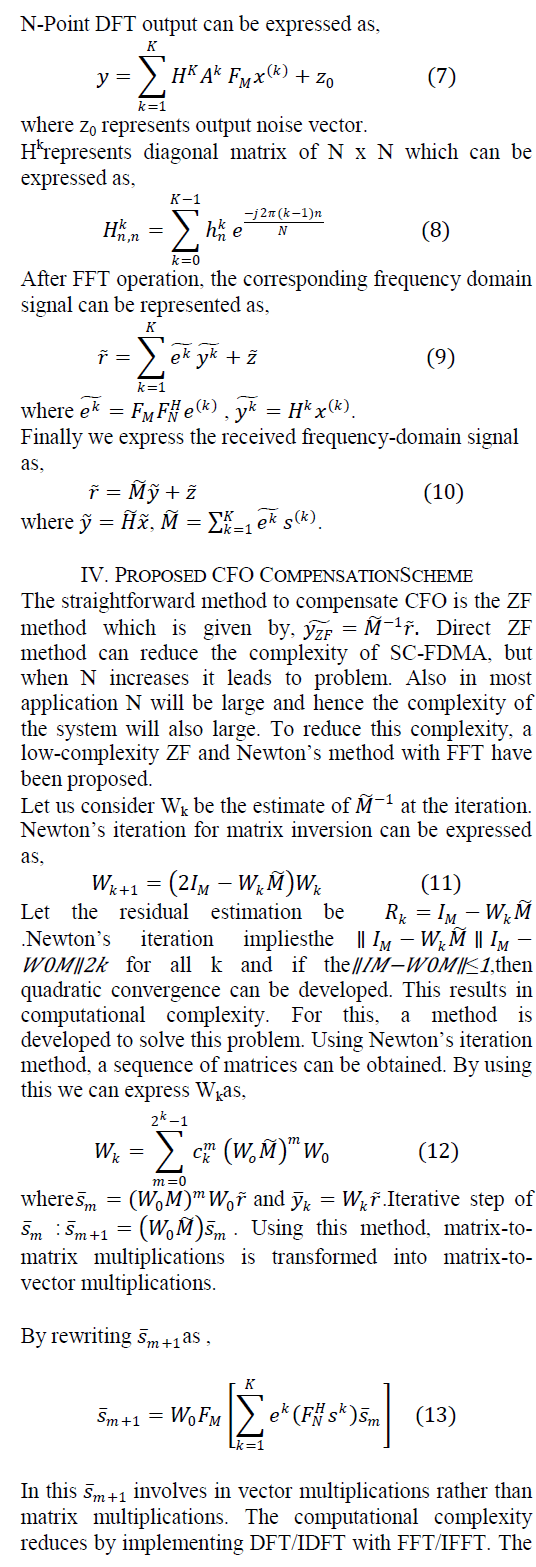 |
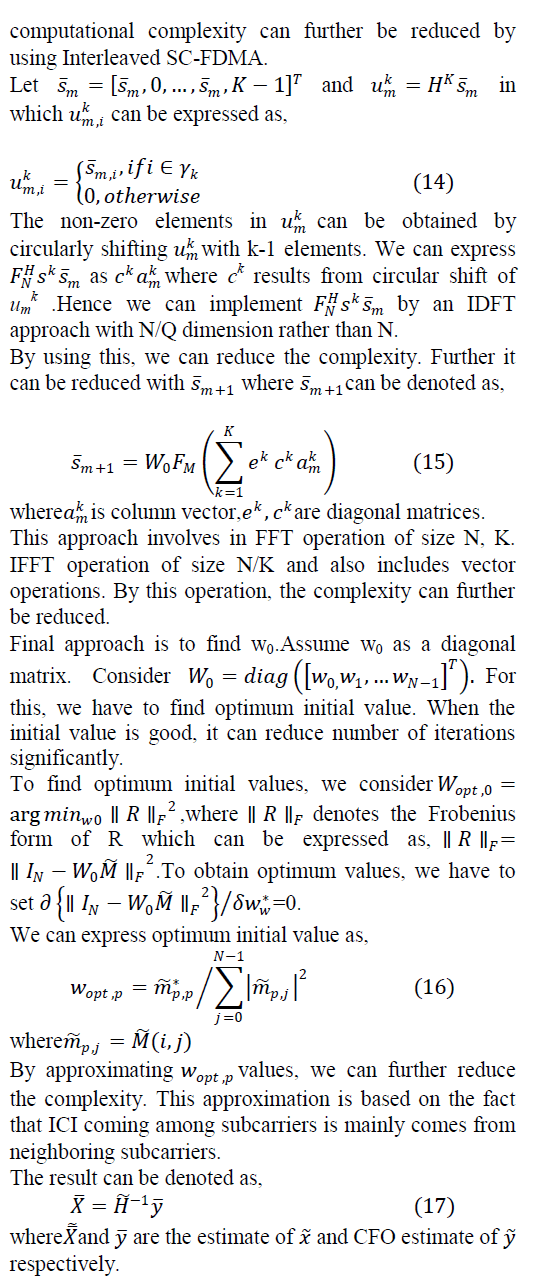 |
SIMULATION RESULTS |
| Here we use an interleaved SC-FDMA uplink systems with N=2048, k=16. The modulation scheme used is 16- bit QAM. Channel Length for all users can be set as 127 and the averaged bit-error-rate (BER) is adopted as the performanceindex, and CFOs for all users are set to {0.1, -0.2, -0.05, 0.2,-0.3, 0, -0.1, 0.4, -0.3, 0.05, 0, -0.1, 0.05, - 0.1, 0.3, 0.15}.Fig. 2 shows BER performance comparison for Direct ZF, Banded ZF and Proposed method. From the figure it is found that when the number of K users increases, the proposed system will not affected by Carrier Frequency Offsets (CFO). Here the performance of proposed method is based on the condition S=2. It includes the performance of Direct ZF, banded 2F and proposed method (k=2) are same. This method performs better than banded ZF method. |
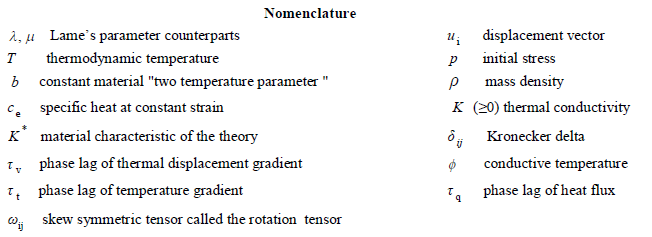 |
| Fig. 3shows the complexity comparison for Direct ZF, Banded ZF and Proposed method. From this figure, we can conclude that the real multiplications/real divisions/real additions for the proposed method have lower complexity than Direct ZF and Banded ZF methods. Computational complexity for ZF method can be reduced from O(N3) to O(2N log2(K2/N) in which K denotes the number of subcarriers. When subcarrier increases complexity also increases. While the proposed method reduces this complexity from O(N3) to O(2N log2N). Also it is known that the complexity for Banded ZF is also lower compared to Direct ZF. But the results show that complexity of proposed method is lower than Banded ZF. From this we concluded that the proposed method has low complexity as the number of carrier increases. |
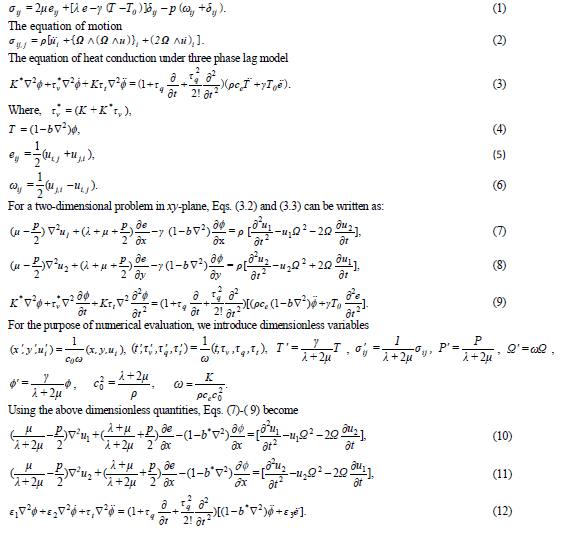 |
CONCLUSION |
| In this paper, we propose a low-complexity CFO compensation scheme for an interleaved SC-FDMA uplink system. The proposed method involves in the implementation of ZF method and also has the advantage of effective solutions to the CFO problem in the uplink system. Using Newton’s method for matrix inversion, an iterative method is developed which can be implemented through FFTs. Hence by using ZF and Newton’s method CFO effects can be reduced in the SC-FDMA system. This results in the reduction of complexity from O(N3) toO(2N log2 N). |
References |
|